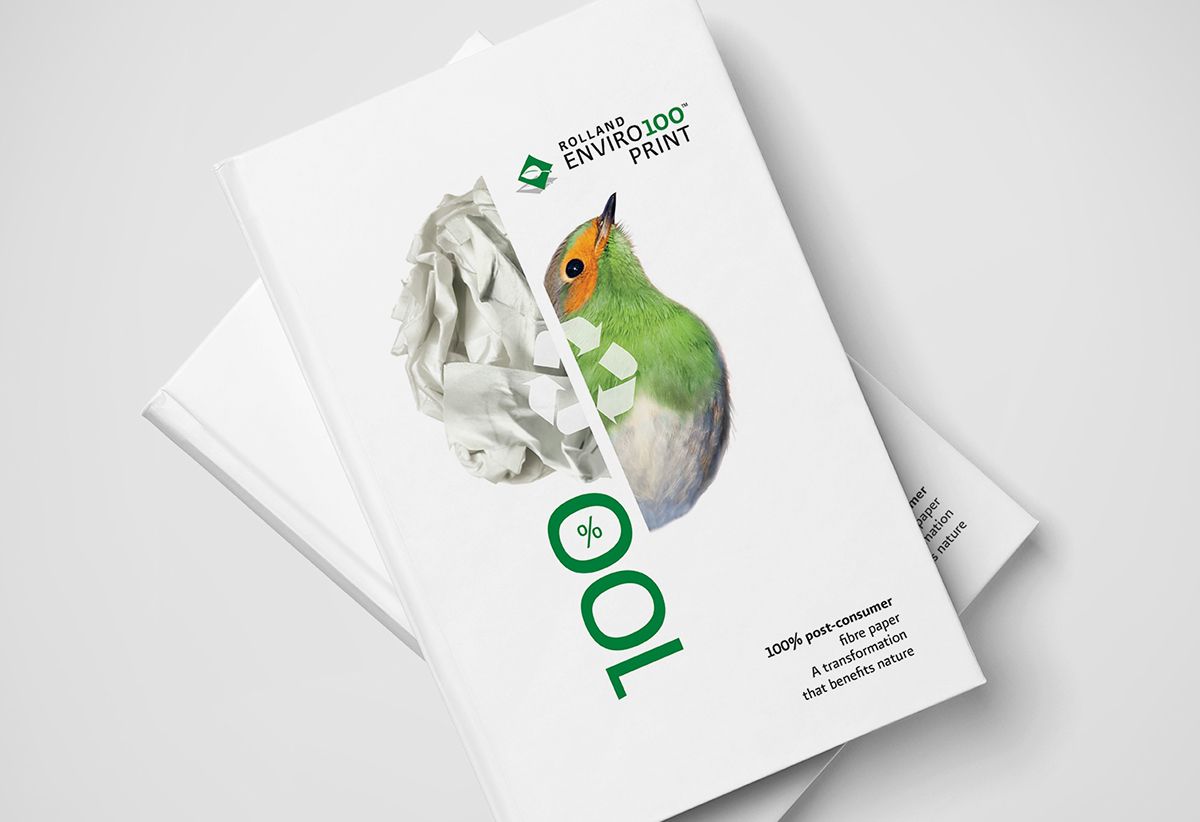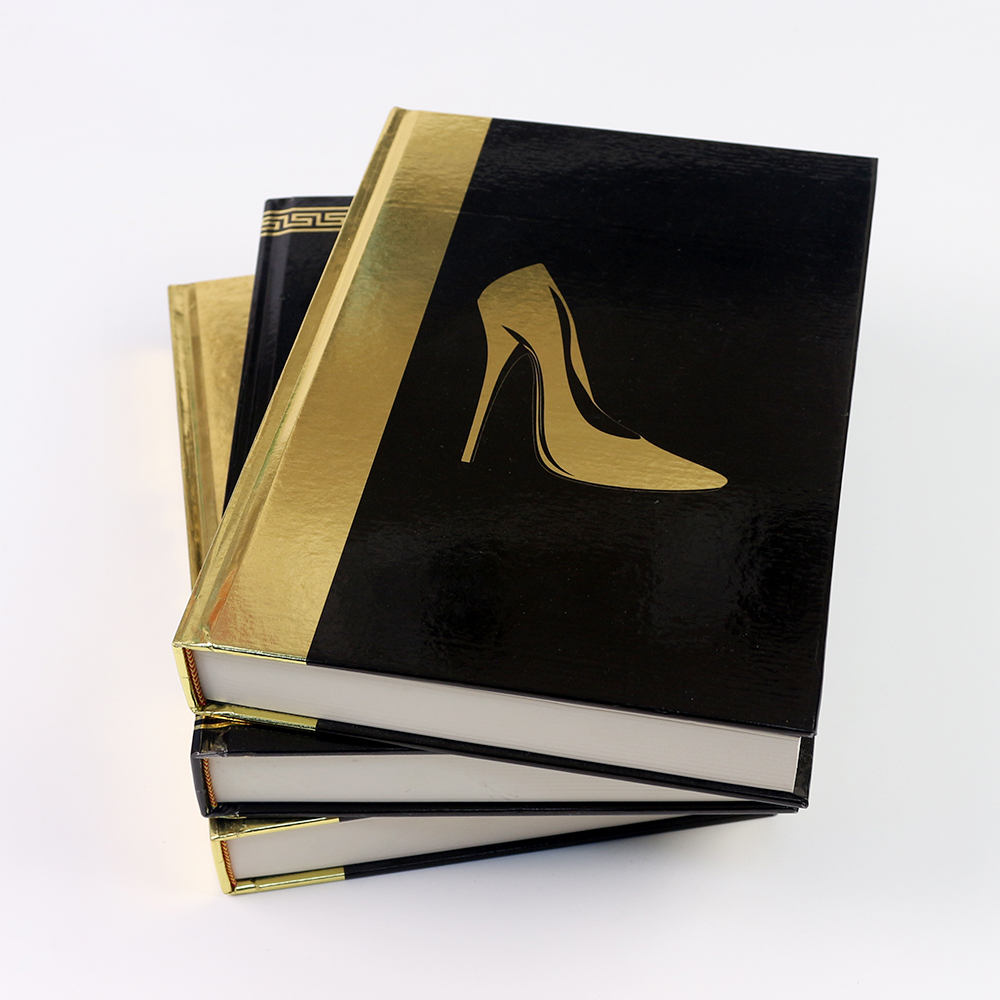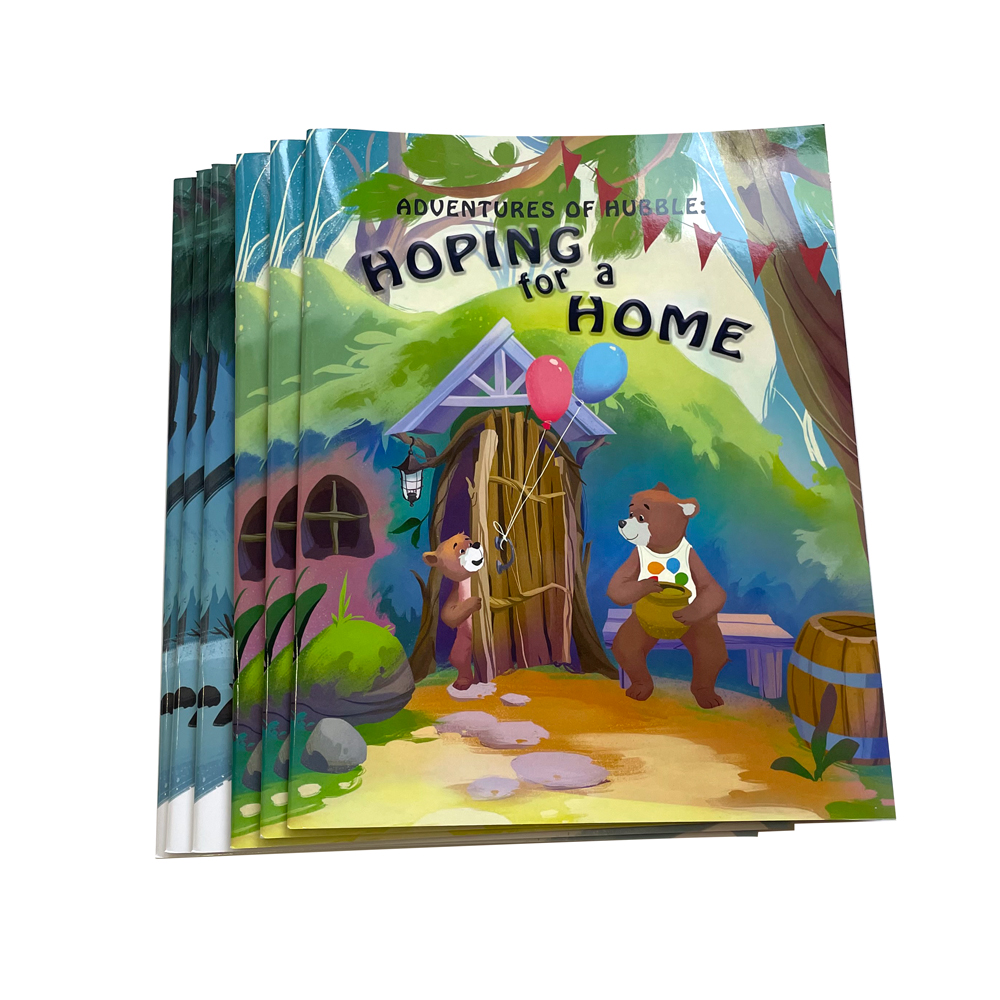Quelle est la meilleure taille pour un livre auto-édité ?
Selecting the right book size is a fundamental step in the self-publishing journey, significantly impacting your book’s readability, aesthetics, and marketability. As a leading offset printing company, BooksPrinting understands the importance of choosing a size that aligns with your content and appeals to your target audience. In this guide, we’ll break down the factors that influence book size choices and offer insights into selecting a size that enhances your book’s design and meets reader expectations.
Table des matières
Common Book Sizes for Various Genres
When it comes to self-publishing, choosing a book size depends on the genre, purpose, and intended reader experience. Here are standard sizes tailored for different types of books.
Novels and Fiction
- 5″ x 8.5″ (13.97 cm x 21.59 cm)
- 6″ x 9″ (15.24 cm x 22.86 cm)
Le 5.5″ x 8.5″ size is versatile and popular for genres like romance, mystery, science fiction, and general fiction. This size strikes a good balance between portability and readability, allowing for a comfortable reading experience.
The slightly larger 6″ x 9″ format is also common for novels, memoirs, and biographies. This size gives more space per page, making it ideal for larger font sizes and spacious layouts. It’s a standard choice in bookstores and provides a classic, professional look.
Some authors may opt for pocket-sized editions for portability or larger formats, like 7″ x 10″ ou 8.5″ x 11″, to make a visual statement or accommodate design elements.
Children’s Picture Books
- 6″ x 6″ (15.24 cm x 15.24 cm)
- 8″ x 8″ (20.32 cm x 20.32 cm)
- 10″ x 8″ (25.4 cm x 20.32 cm)
Children’s books often favor square formats for easy handling by little hands. Smaller sizes are ideal for board books, while larger sizes, like 10″ x 8″, work well for picture books aimed at young readers, allowing room for detailed illustrations.
For older children’s illustrated books, 8.5″ x 11″ is popular, offering more space for text and visuals. Landscape formats can also create an immersive experience by providing a wide canvas for expansive illustrations and scenes.
Coffee Table Books
- 12″ x 12″ (30.48 cm x 30.48 cm)
- 9″ x 12″ (22.86 cm x 30.48 cm)
- 11″ x 14″ (27.94 cm x 35.56 cm)
Coffee table books are often larger to showcase stunning images and layouts. These dimensions make them eye-catching display pieces while remaining easy to handle for readers. Larger sizes allow for striking visuals and a layout that draws readers in, perfect for books with photography, art, or unique designs.
Comic Books
- 6.625″ x 10.25″ (16.83 cm x 26.04 cm)
This is the standard size for American comics, providing enough space for detailed artwork, dialogue, and panel layouts. Comic fans and collectors favor this format, which has become the go-to for most graphic novels and comic books.
Manga
- 5″ x 7.5″ (12.7 cm x 19.05 cm)
The compact size of manga makes it easy to handle and read. The 5″ x 7.5″ format is widely recognized among manga fans and provides a distinct aesthetic that enhances the reading experience for Japanese comics.
Textbooks
- 8.5″ x 11″ (21.59 cm x 27.94 cm)
- 7″ x 10″ (17.78 cm x 25.4 cm)
For elementary and middle school textbooks, 8.5″ x 11″ is the standard, offering ample space for illustrations, diagrams, and organized content. For high school and university textbooks, 7″ x 10″ is also popular, balancing detailed content with manageable dimensions. Larger formats are preferred for science and math textbooks that require more space for complex equations and diagrams.
Regional Book Size Standards
Book sizes vary across countries due to regional standards and reader preferences. Here’s an overview of common sizes in different regions.
United States
- Pocket Book (4.25″ x 6.87″): Great for affordable paperback fiction.
- Digest (5.5″ x 8.5″): Often used for pocket-sized novels and mass-market paperbacks.
- US Trade (6″ x 9″): Popular for novels, non-fiction, and general trade paperbacks.
- 8.5″ x 11″: Common for textbooks and reference books.
United Kingdom
- A-format (110 mm x 178 mm): Used for pocket-sized paperbacks.
- B-format (129 mm x 198 mm): Common for trade paperbacks and larger novels.
- Royal (156 mm x 234 mm): Ideal for novels and non-fiction books.
- A5 (210 mm x 148 mm): Frequently used for journals and educational books.
Japan
- B6 (128 mm x 182 mm): Popular for manga and light novels.
- A5 (148 mm x 210 mm): Standard for novels, non-fiction, and magazines.
- JIS B5 (182 mm x 257 mm): Common for a variety of books and catalogs.
Australia
- Demy (135 mm x 216 mm): Ideal for trade paperbacks and novels.
- US Trade (152 mm x 228 mm): Common for both fiction and non-fiction.
- A4 (210 mm x 297 mm): Favored for educational and academic publications.
When selecting a book size, consider the regional standards and reader preferences for your target market.
Audience Expectations and Demographics
Understanding your target audience’s age, demographics, and reading habits is essential when selecting a book size.
Impact of Age on Book Size
- Children and Young Readers: Books sized 5″ x 5″ ou 6″ x 6″ are ideal for toddlers, while picture books for young readers typically follow larger formats like 10″ x 8″.
- Teenagers and Adults: Standard sizes such as 5.5″ x 8.5″ and 6″ x 9″ are versatile and widely accepted for adult novels and non-fiction.
- Older Readers: Larger dimensions, like 6″ x 9″ ou 7″ x 10″, may be more suitable for elderly readers as they accommodate larger font sizes and enhance readability.
Genre-Specific Size Preferences
Different genres often follow established size standards that align with reader expectations.
- Fiction Novels: Standard sizes include 5.5″ x 8.5″ and 6″ x 9″, common across genres like romance, mystery, and science fiction.
- Graphic Novels and Comics: Generally use a 6.625″ x 10.25″ size to optimize the presentation of artwork and layout.
- Educational Books: Larger sizes like 8.5″ x 11″ are used for textbooks to provide ample space for illustrations and annotations.
Content Structure and Book Size
The structure and elements of your book also influence the size selection.
- Word Count and Page Count: Short books may look sparse in large formats, while lengthy works may benefit from smaller sizes for better handling.
- Design Elements: Books with illustrations, graphics, or fold-out sections may require larger formats (e.g., 8.5″ x 11″) to effectively showcase these features.
Conclusion: Selecting the Perfect Book Size
Choosing the right size for your self-published book is about balancing aesthetics, functionality, and audience preferences. By understanding the typical sizes for each genre, considering your target audience, and evaluating your content structure, you can select a format that enhances your book’s presentation and appeal.
At BooksPrinting, we’re here to guide you through the process, ensuring your book is printed to professional standards. Ready to start printing? Visit our website for more resources on book sizes, or reach out to our team for expert advice on self-publishing.
FAQ
What size should I choose for a self-published novel?
Standard sizes like 5.5″ x 8.5″ and 6″ x 9″ are widely accepted for novels, offering a balance of readability and portability.
2. How does book size affect printing costs?
Generally, larger sizes require more materials and may increase printing costs. Consider your budget when selecting a book size.
3. Can I choose a non-standard size for a unique look?
Yes, many self-publishers choose unique sizes to make their books stand out, but ensure the size suits the genre and reader expectations.
Impression de livres
Nouveaux produits
Dernier blog
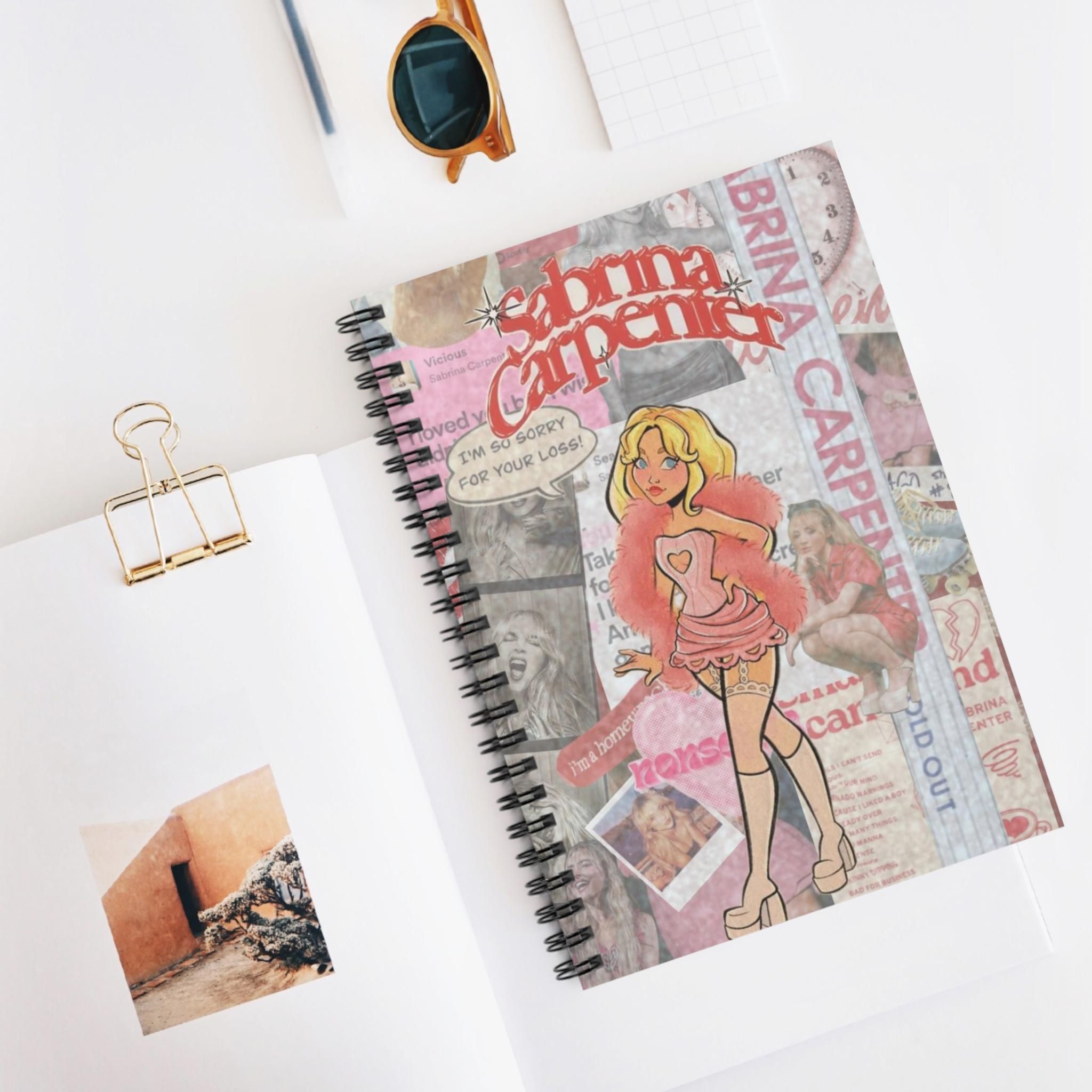
Le guide ultime des livres à reliure spirale : pourquoi ils sont parfaits pour les besoins de votre entreprise
Les livres à reliure spirale sont un choix populaire pour ceux qui cherchent à garder leurs documents organisés, accessibles et professionnels.

À quoi sert la reliure à piqûre à cheval ?
Si vous vous lancez dans l'auto-édition, l'une de vos principales préoccupations sera de trouver des options économiques pour l'impression de livres.
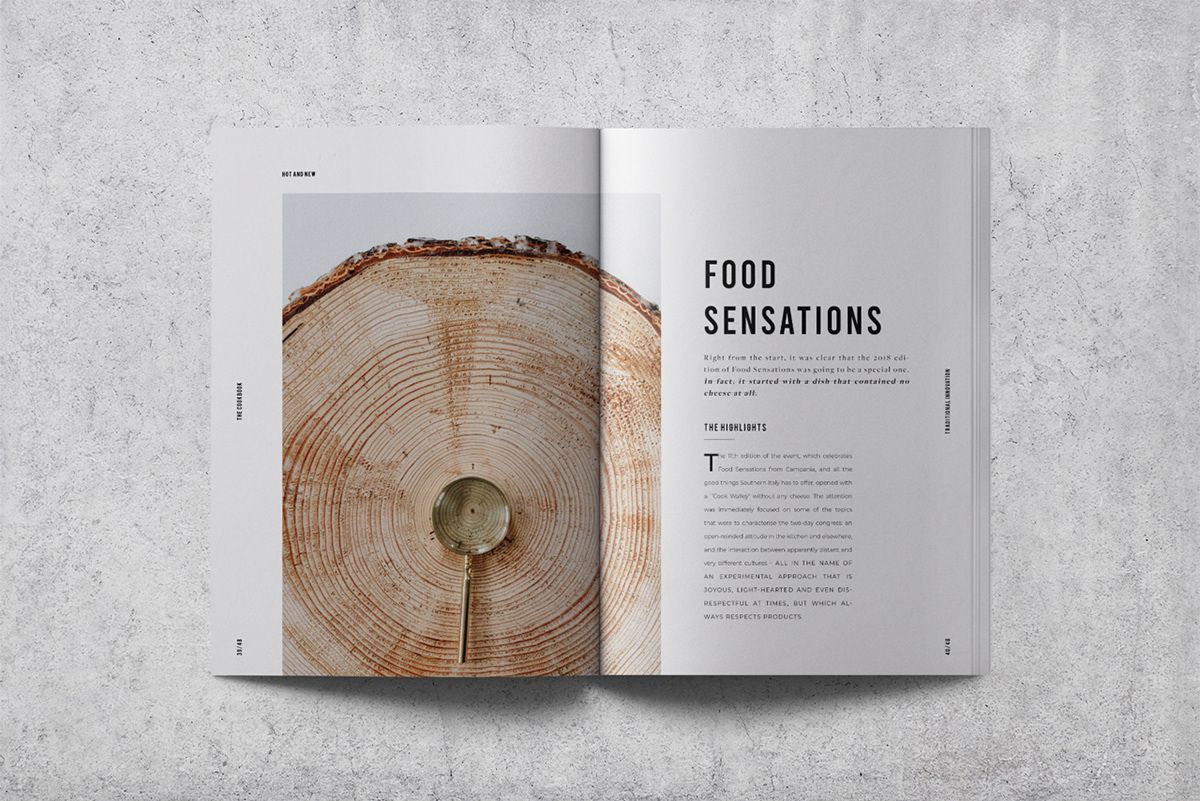
7 avantages convaincants de l'utilisation de services d'impression de livres professionnels
Dans le monde de la littérature, la qualité de production d’un livre peut influencer considérablement son succès
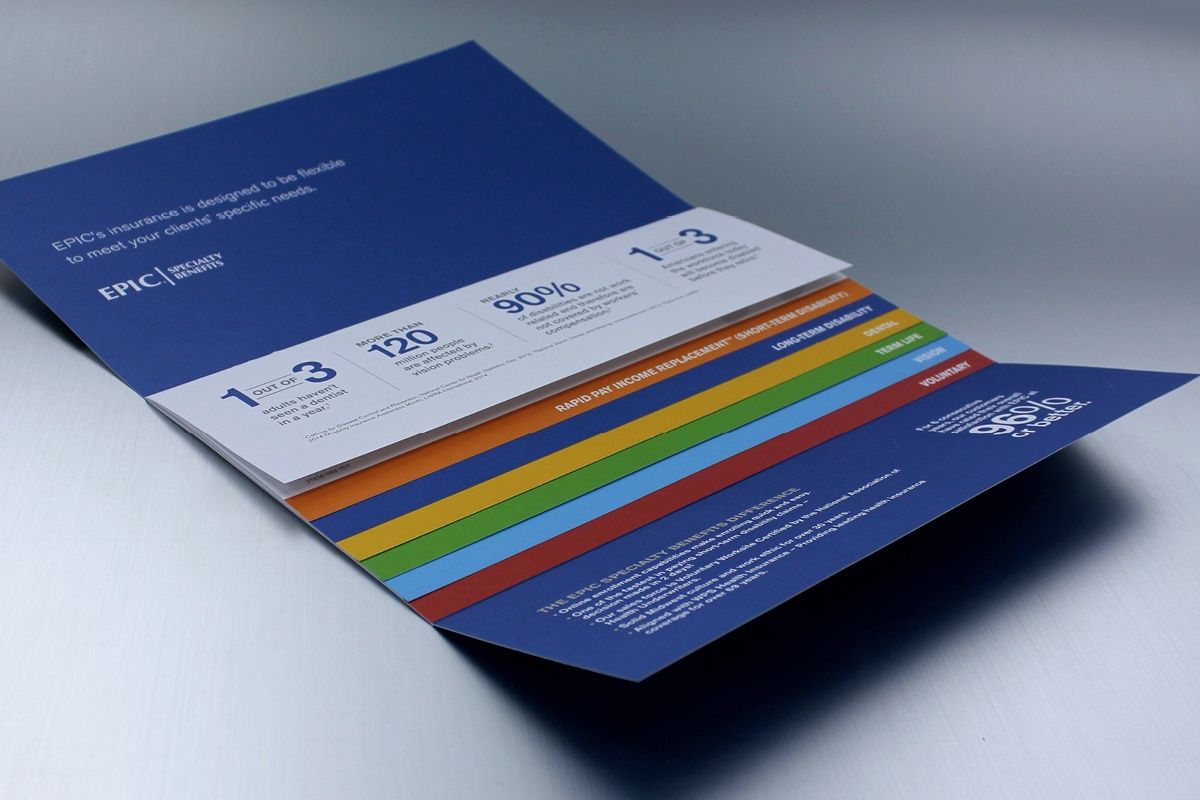
Pourquoi l'impression de brochures reste un outil marketing puissant pour votre entreprise
Dans le monde en constante évolution du marketing numérique et des avancées technologiques, il peut sembler que les méthodes de marketing traditionnelles comme l’impression de livrets perdent de leur pertinence.
Contactez-nous
- +86 13946584521
- info@booksprinting.net
- 8h00 - 22h00 (du lundi au dimanche)
Commentaires
Blog associé
Découvrez les dernières tendances et connaissances communes dans le domaine de l'impression de livres.
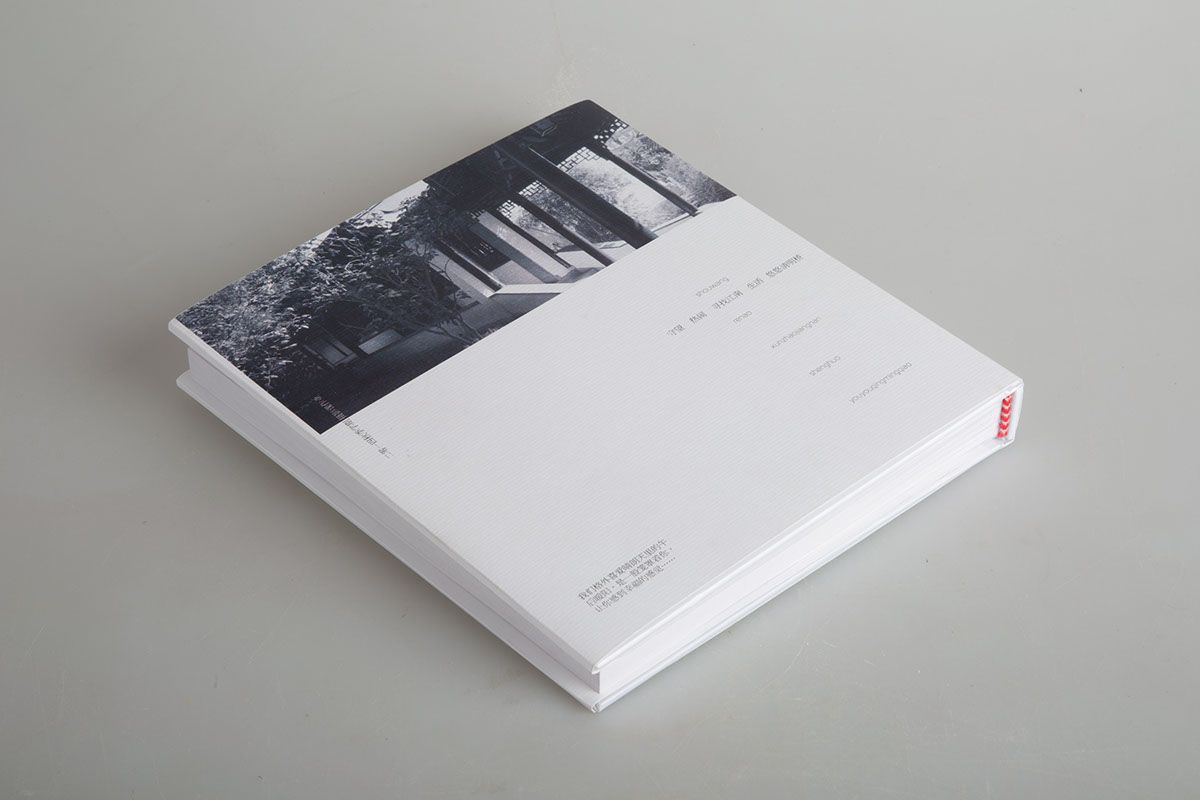
Combien coûte l'impression d'un livre de table basse
Les livres de table basse sont plus que de simples pièces décoratives ; ce sont des expressions artistiques qui mettent en valeur la photographie, l’art et les histoires personnelles.
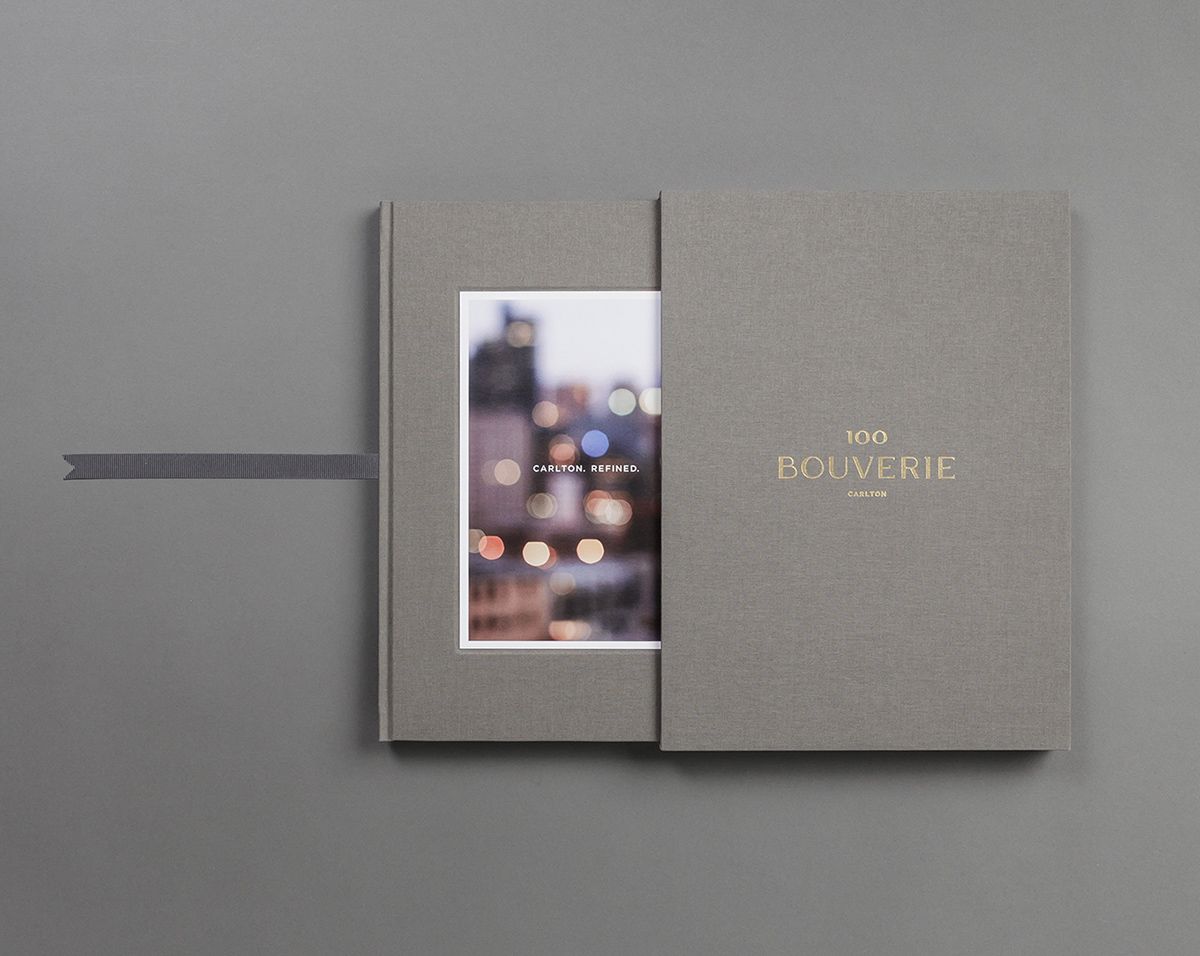
Quels sont les avantages des livres de table basse ?
Dans un monde de plus en plus dominé par les médias numériques, l’attrait tactile des livres de table basse se démarque.

À quoi sert la reliure à piqûre à cheval ?
Si vous vous lancez dans l'auto-édition, l'une de vos principales préoccupations sera de trouver des options économiques pour l'impression de livres.
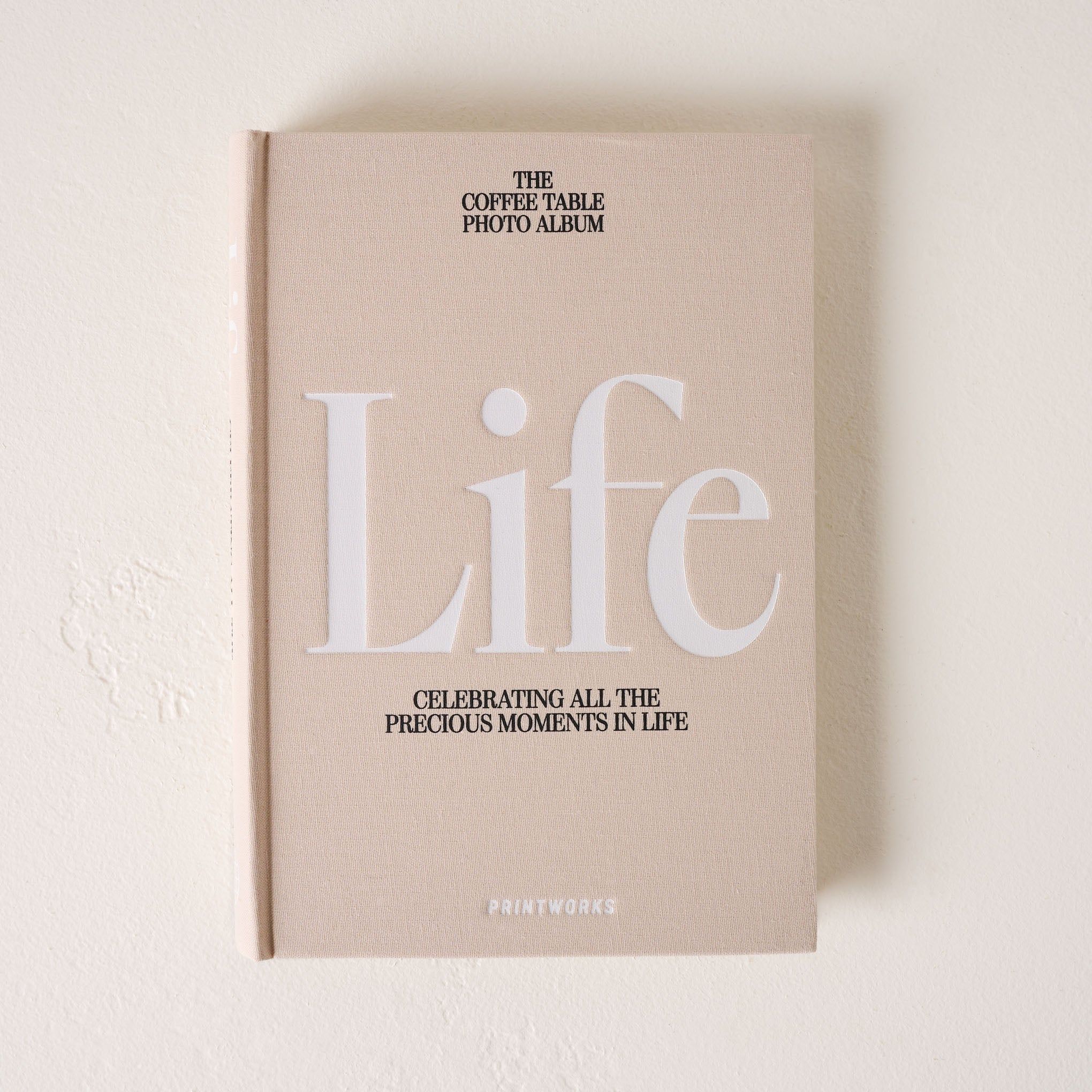
Pourquoi les gens aiment-ils les livres à couverture rigide ?
Si vous vous lancez dans l'auto-édition, l'une de vos principales préoccupations sera de trouver des options économiques pour l'impression de livres.

